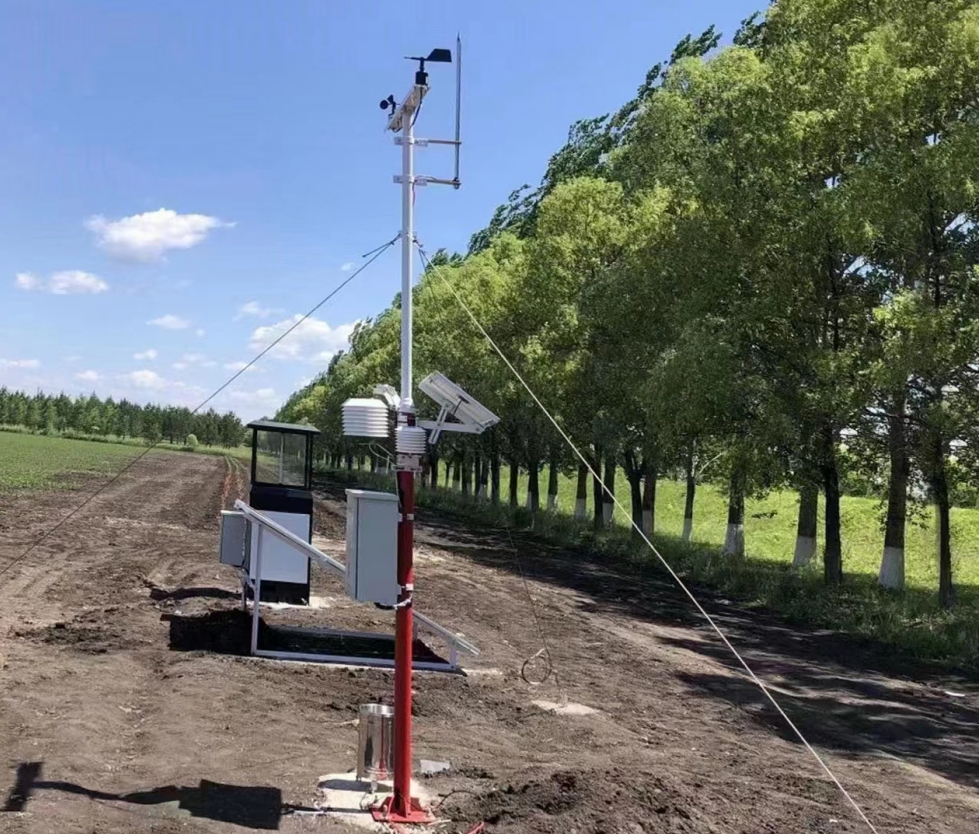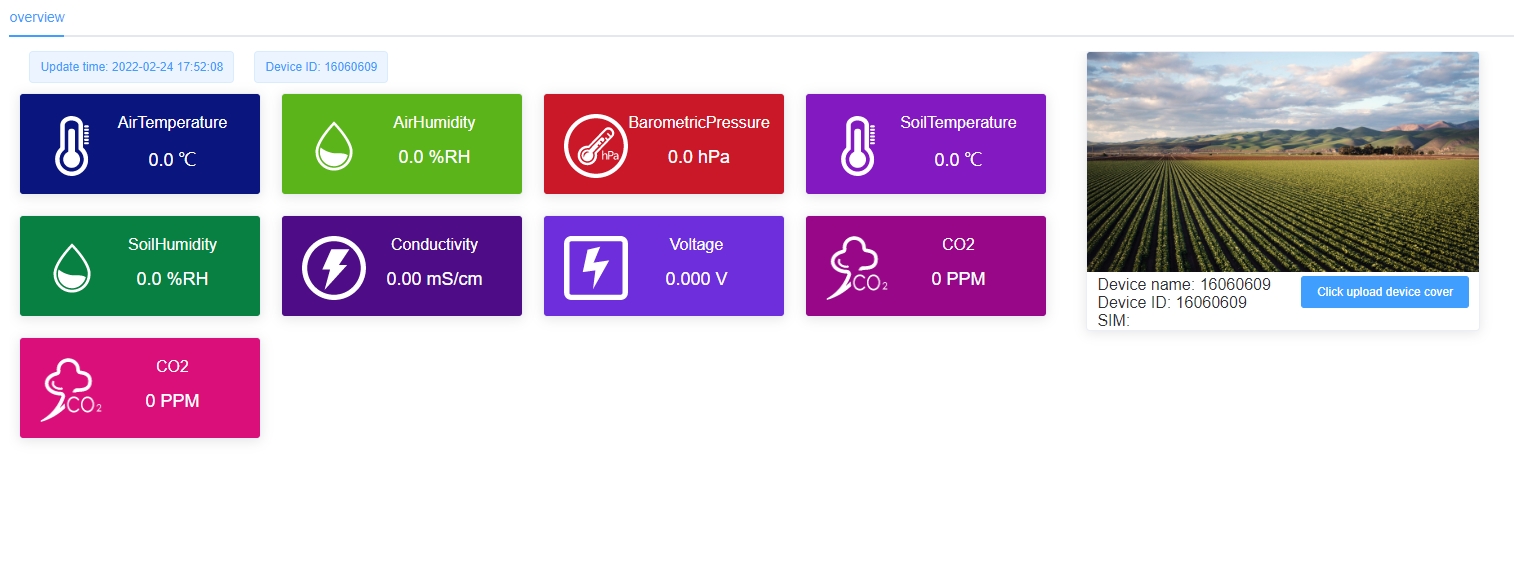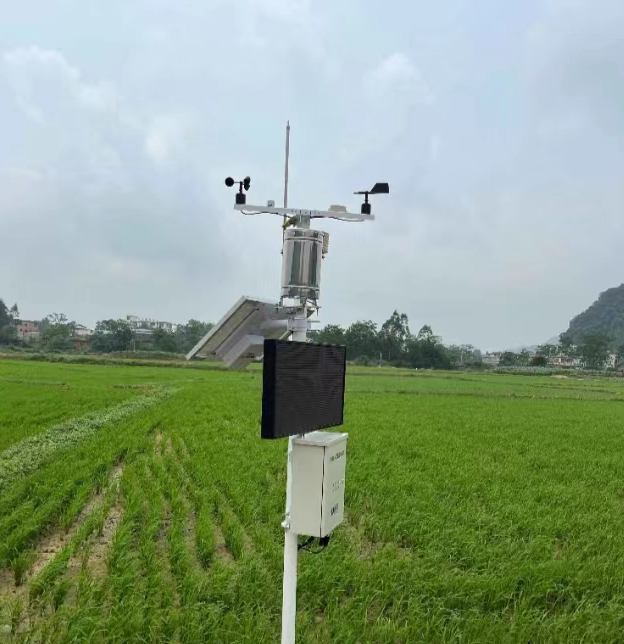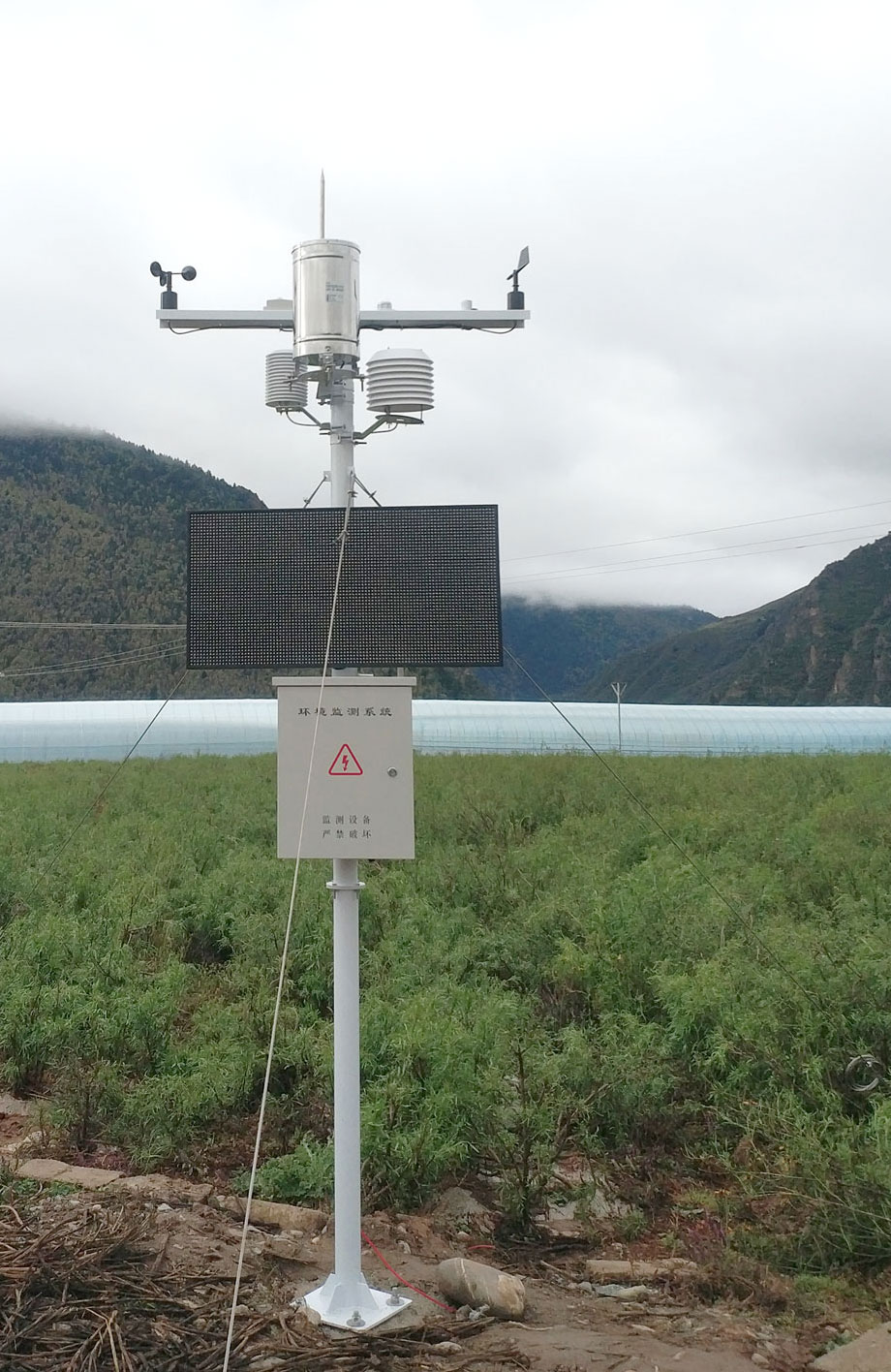

— Blogs —
—Products—
 Consumer hotline +8618073152920
Consumer hotline +8618073152920 WhatsApp:+8615367865107
Address:Room 102, District D, Houhu Industrial Park, Yuelu District, Changsha City, Hunan Province, China
Product knowledge
Time:2025-02-16 19:21:41 Popularity:187
In the agricultural sector, climate conditions significantly influence crop growth and yield. With the continuous advancement of technology, small weather stations have emerged as efficient, precise environmental monitoring tools, becoming an integral part of modern agricultural production. They collect and analyze meteorological data in real-time, providing scientific foundations for farmers and agricultural enterprises to achieve refined management.

Small weather stations typically integrate multiple high-precision sensors capable of monitoring air temperature, humidity, wind speed, wind direction, light intensity, soil temperature and moisture, precipitation, and other environmental variables crucial to farming.
Their compact design facilitates easy installation and maintenance, making them suitable for weather monitoring in small areas, especially in regions with variable weather or complex terrain.
With IoT technology, these stations can transmit collected data in real-time to the cloud or a monitoring center, supporting remote access and analysis, greatly enhancing data utilization efficiency.
Using smart algorithms, small weather stations can automatically analyze data and generate reports, helping users quickly understand field conditions and optimize agricultural decisions.

Traditional weather forecasts cover large areas and might not capture local climate variations accurately. Small weather stations provide real-time data for specific areas, significantly improving the precision of meteorological information, thus offering reliable data for agricultural decision-making.
- Monitoring key indicators like soil temperature, moisture, and pH helps farmers determine the optimal times for irrigation and fertilization, avoiding resource wastage.
- Real-time tracking of air temperature, humidity, and light intensity ensures the optimal growth environment for crops.
By monitoring extreme weather events in real-time (like heavy rain, drought, frost), farmers can preemptively take protective measures to reduce damage to crops.
Precision agriculture focuses on management based on scientific data. The high-frequency, accurate data from small weather stations allow for tailored management of each field, improving crop yield and quality.
Automated data collection and transmission reduce the need for human intervention, saving time and labor while increasing management efficiency.

In large agricultural plantations, small weather stations are widely used to monitor field environments. By recording long-term data on temperature, precipitation, and soil moisture, researchers can analyze crop growth patterns under different weather conditions, providing scientific guidance for future planting.
In enclosed greenhouse environments, small weather stations monitor temperature, humidity, and light intensity, helping farmers adjust ventilation, shading, and irrigation strategies to ensure crops grow under optimal conditions.
Meteorological data like humidity and temperature are closely related to pest and disease outbreaks. Through monitoring with small weather stations, farmers can predict and manage these risks proactively.

Equipped with advanced sensor technology for accurate and stable data collection.
Support for various wireless communication methods like GPRS/4G/5G, LoRa, and Wi-Fi for real-time data transmission and remote monitoring.
Utilizes solar power or low-power battery systems to extend operational time and reduce maintenance costs.
Users can select different sensor combinations based on their needs, meeting diverse monitoring requirements.
Small weather stations, with their precision, real-time capabilities, and intelligent features, are fundamentally changing the way modern agriculture operates. They not only provide accurate meteorological data but also help farmers better cope with climate change, optimize crop management, and achieve sustainable development. As technology advances, small weather stations will play an increasingly crucial role in global agriculture, contributing to increased crop yields and food security.
Whether in improving agricultural production efficiency, reducing risks, or driving the smart transformation of agriculture, small weather stations demonstrate immense potential. For international clients looking to implement modern agricultural management, this tool represents a worthy investment.
Prev:Small Weather Stations: Precision Assistants for Agricultural Planting
Next:Composition and Working Principle of Automatic Weather Stations
Related recommendations
Sensors & Weather Stations Catalog
Agriculture Sensors and Weather Stations Catalog-NiuBoL.pdf
Weather Stations Catalog-NiuBoL.pdf
Related products
 Combined air temperature and relative humidity sensor
Combined air temperature and relative humidity sensor Soil Moisture Temperature sensor for irrigation
Soil Moisture Temperature sensor for irrigation Soil pH sensor RS485 soil Testing instrument soil ph meter for agriculture
Soil pH sensor RS485 soil Testing instrument soil ph meter for agriculture Wind Speed sensor Output Modbus/RS485/Analog/0-5V/4-20mA
Wind Speed sensor Output Modbus/RS485/Analog/0-5V/4-20mA Tipping bucket rain gauge for weather monitoring auto rainfall sensor RS485/Outdoor/stainless steel
Tipping bucket rain gauge for weather monitoring auto rainfall sensor RS485/Outdoor/stainless steel Pyranometer Solar Radiation Sensor 4-20mA/RS485
Pyranometer Solar Radiation Sensor 4-20mA/RS485
Screenshot, WhatsApp to identify the QR code
WhatsApp number:+8615367865107
(Click on WhatsApp to copy and add friends)